Les Corps Incorruptibles
“The 21st century still drags on with the same beauty standards of the last century,” writes artist Emilie Hallard in her latest book, Les Corps Incorruptibles. “Those of a young, white, thin, ethereal and heterosexual woman.” The photobook, published by Maria Inc, aims to deconstruct traditional conceptions of beauty, depicting a range of bodies of different ages, genders and colours. Hallard associates a refusal to adopt society’s unrealistic beauty standards with incorruptibility; the body becomes a platform on which to negate the systems of power that have claimed it.
Simple portraits depict naked physiques and so celebrate “the unlikely, the ambiguous, the androgynous, the non-obvious and the non- binary”. Essays by writers including Judith Butler and Jean Kilbourne draw attention to contemporary issues surrounding the human form. Hallard highlights the enduring politicisation of the body and in doing so encourages us to reclaim our own.
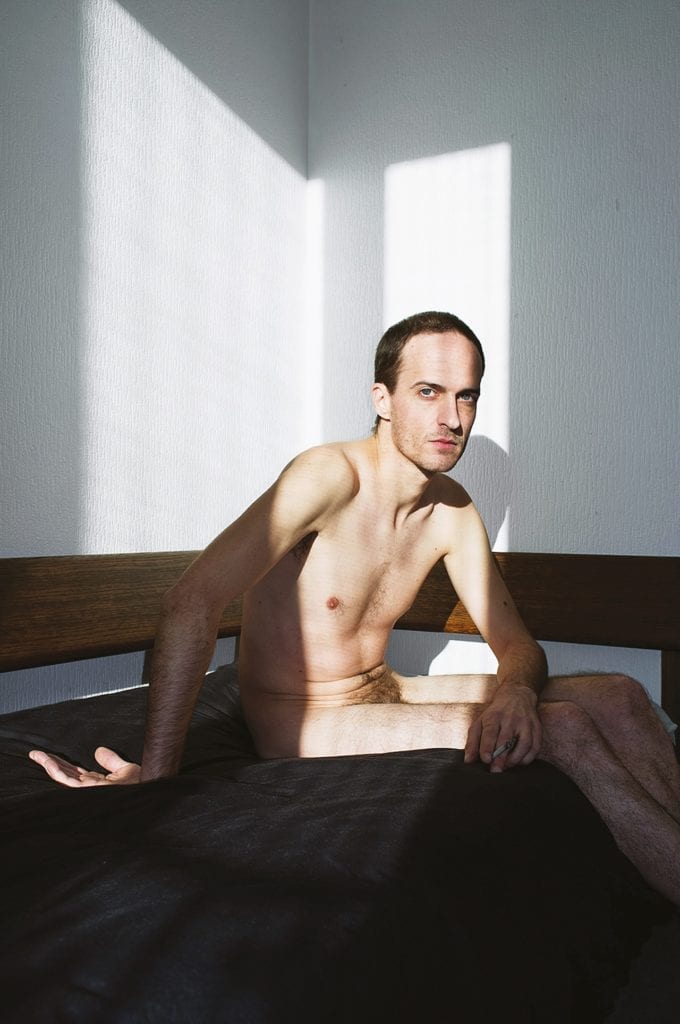
—
Moods in a Room
Catherine Balet’s series, Moods in a Room, published as a photobook by Dewi Lewis, straddles past and present. A painter turned photographer, Balet has mined her archive, selecting paintings that reveal the influence of art greats: Hockney, Ingres, Bacon, and others. These are superimposed with her photographs, or images collected from the internet, to create fractured compositions. The picture plane gives way to multiple layers inhabited by a cast of strange characters – men, women, children, dogs, and everyday objects.
The series, which Balet worked on for 20 years, is a reflection on the evolution of her practice, but it is also a meditation on photography and painting today. In superimposing these one- dimensional mediums, the artist plays with the idea of virtual reality experience. “She depicts some kind of hallucinatory closed doors scenes from which her characters do not seem to be able to escape,” writes curator Fannie Escoulen in the introduction. Balet’s subjects are trapped; imprisoned in fragments of the artist’s imagination.
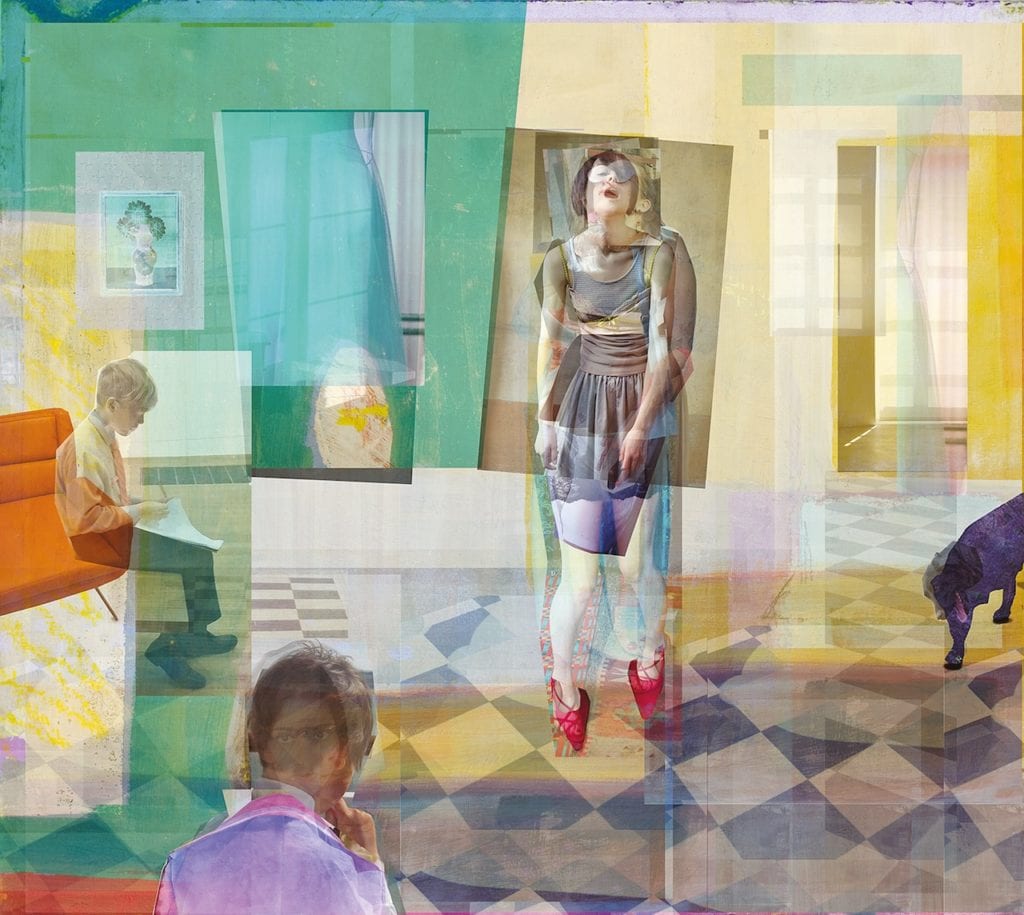
—
Jerwood/Photoworks Awards
New photographic commissions by early- career artists Silvia Rosi and Theo Simpson are on show at Jerwood Arts, London, from 15 January to 08 March. The pair, announced as the recipients of the Jerwood/ Photoworks Awards 2020 in December, have both spent the past 12 months creating new bodies of work with the support of mentors including curator Renée Mussai and artist Roger Palmer. A focus on history runs through both artists’ work. Rosi reflects on her parents’ experience of migration and her European identity when considering their past. She employs colour and black-and-white images, along with her first experiment in film. Simpson, meanwhile, explores the shifting environments of the contemporary world through standalone works created by “hand and machine”.
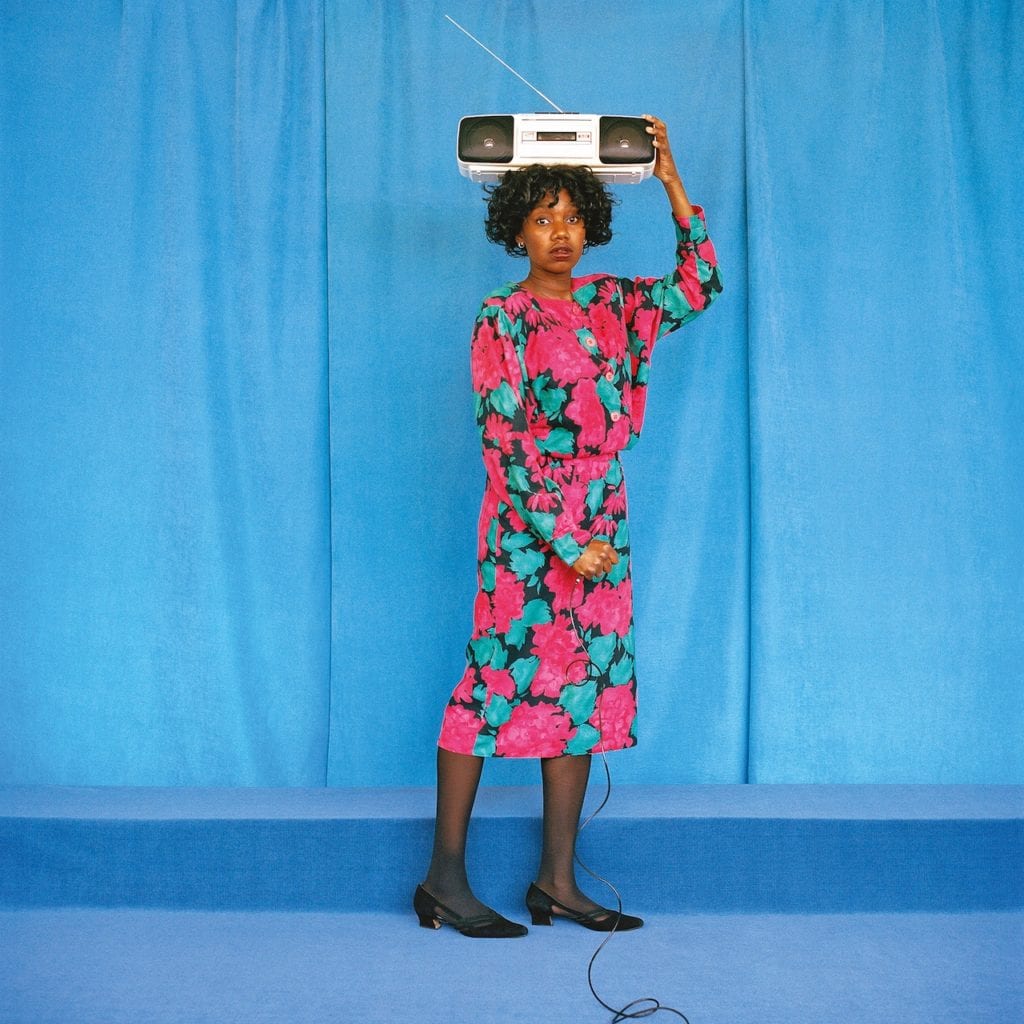
—
The Influence Project
An ongoing series conceived by photographer Alexis Chabala and curator Lorayne Crawford, The Influence Project explores the impact of leading black musicians from the mid to late-20th century, charting the evolution of their influence on musical history. Artists featured include disco pioneers Sister Sledge, soul singer Candi Staton, American singer- songwriter Erykah Badu, Australian future-soul band Hiatus Kaiyote, and more. Employing portraiture, photography, film and sound, the project is on show at Midlands Arts Centre in Birmingham from 18 January to 22 March. A series of workshops, film screenings and events accompanies the exhibition.
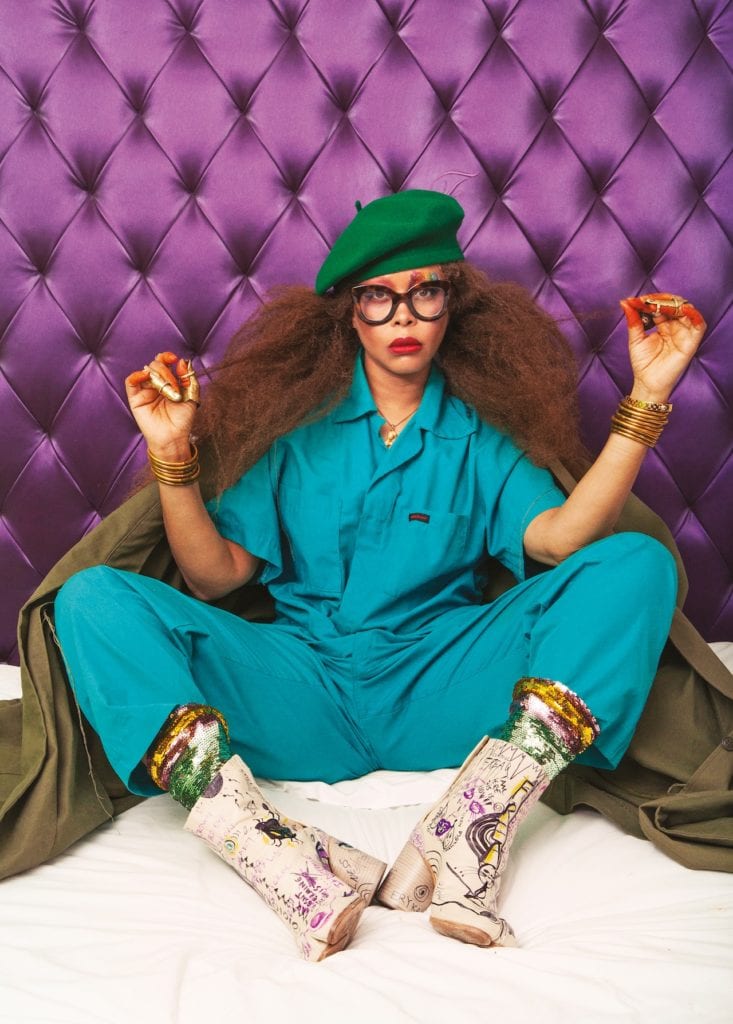
—
East Ended
Dougie Wallace’s latest photobook, East Ended, published by Dewi Lewis, explores the relationship between street art and gentrification in London’s Shoreditch. Graffiti used to signify decay: a visual sign that an area was neglected and unsavoury. Now, it’s often the reverse, and Shoreditch’s abundance of street art is a central part of its draw. East Ended acknowledges this shift, capturing individuals set against endless murals, walls of stickers, and elaborate tags. Wallace draws attention to the effects of this transformation, his images depicting an influx of smartphone-wielding tourists and the flocks of hipsters enticed by the area’s trendy status as it has been converted into a playground for the fashionable.
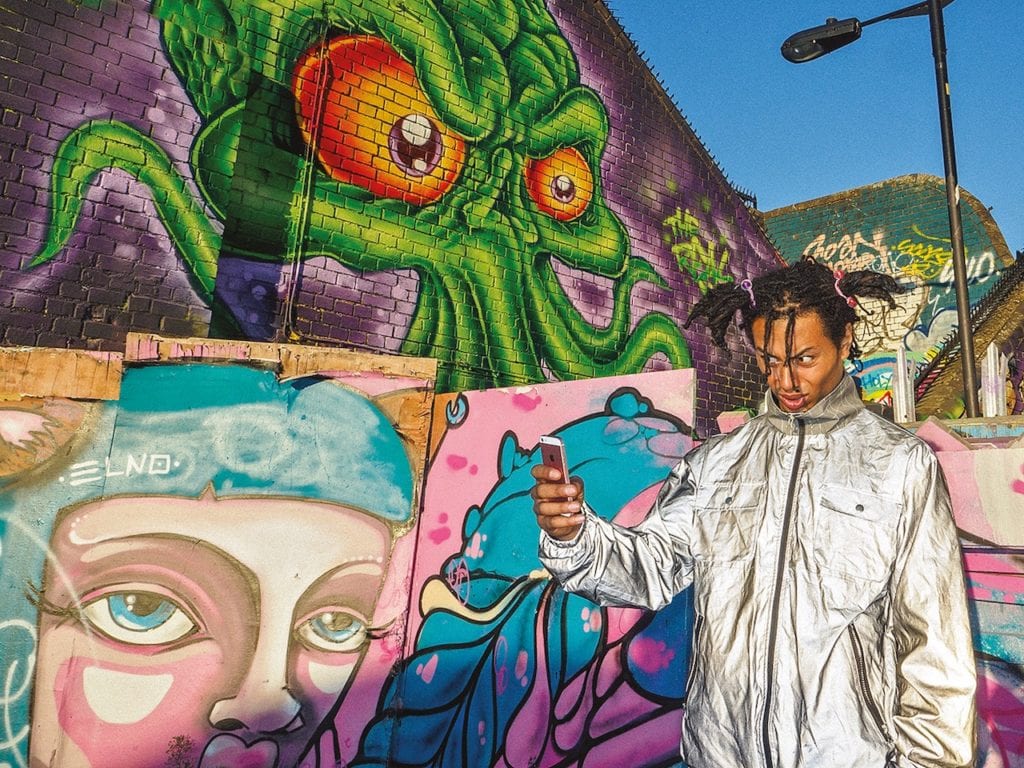
—
